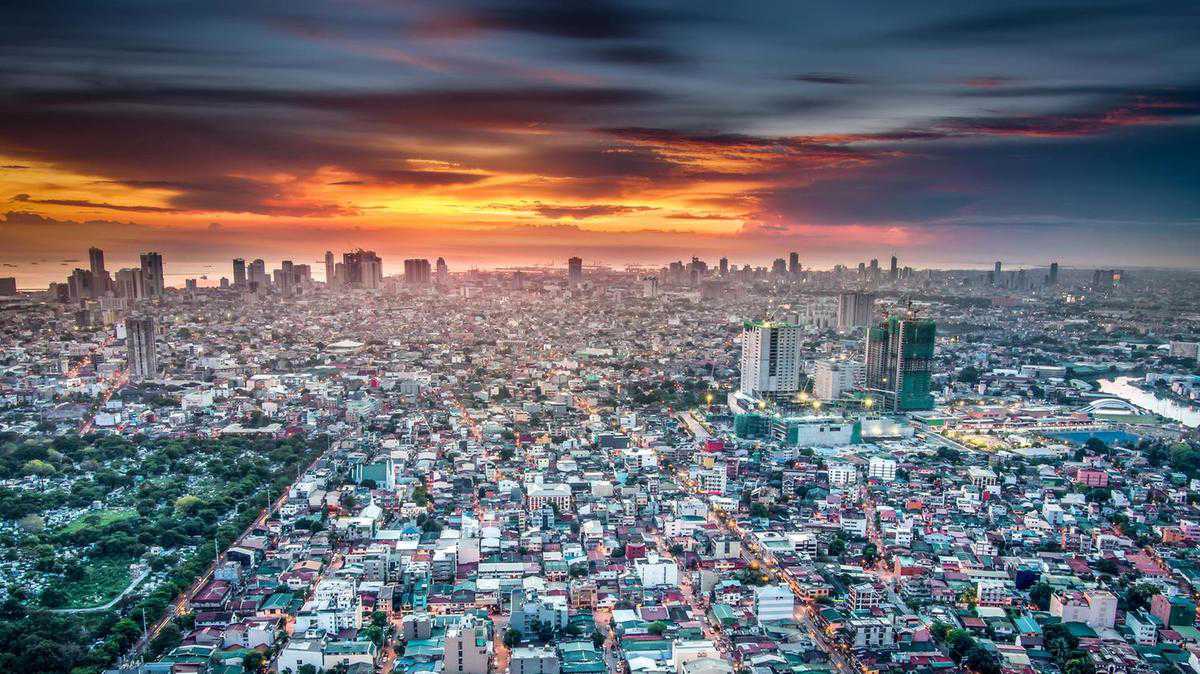My hometown: a local's guide to Manila, the Philippines

Image collected
If I’m going to be honest, Manila is not actually my home town. But it is the capital of the Philippines, where I'm from, and is the port of entry for most visitors looking to explore the country. Performance artist Carlos Celdran once said: “Manila can be chaotic and spiritual, dirty and divine, gritty and gorgeous all at once. If you don’t find beauty and poetry here, you will never find it anywhere.”
Manila is a sprawling metropolis where artists, writers, politicians, academics, business executives, diplomats, the wealthy and the less fortunate live, work and get stuck in the city’s notorious traffic jams. It boasts of history, arts and culture, food, festivals and fun.
Possessing the title of the most densely populated city in the world – beating Baghdad, Bombay and Dhaka – the capital is part of a larger area called Metro Manila. This wider region, home to more than 12 million souls, is the centre of the Philippines’ economy, education, culture and government.
A glimpse of history
The Philippines was under Spanish colonial rule for more than 300 years, and a good place to understand this period of history is to head to Intramuros, a walled city that dates back to the 16th century. It was the seat of power for the Spanish colonial government, which built citadels and churches within its walls. Explore San Agustin Church, a Unesco World Heritage Site appreciated for its Baroque architecture, and Fort Santiago, a national historic landmark.
My top culture tips
If art is what you’re after, Manila has plenty of museums, galleries and artist-led spaces to explore. Be sure to stop by the Ayala Museum in the financial centre of Makati, Metro Manila, for a crash course in Philippine art and anthropological history. Its permanent installation, The Diorama Experience, traces the nation’s history, from pre-colonial times to independence in 1946. Works by Fernando Zobel, a prominent Filipino abstract painter, are also on view.
Contemporary art lovers should make their way to The Alley at Karrivin Plaza, where a cluster of galleries, art spaces and restaurants await. Top names include Artinformal, which focuses on curator-led exhibitions and solo shows of its small artist roster, and the internationally known Silverlens Galleries.
My favourite eats
From Michelin stars to market stalls, the Manila food scene has a variety of restaurants and eateries suited for feasts or quick meals. Filipino food borrows from Spanish, Chinese, Malaysian, Indonesian and Indian cuisines, so its flavours are a little hard to describe. It’s also not easy to find traditional Filipino restaurants that serve authentic food. That’s because in Philippine culture, nothing beats a home-cooked meal. Head straight to Sentro 1771, which made its name modernising Filipino dishes in a sophisticated setting.
For something quirkier, head to Van Gogh is Bipolar in Quezon City, Metro Manila. There is no fixed menu. Instead, visitors are asked to pick a mood or how they’d like to feel after the meal, and the kitchen will whip something up accordingly. The concept was developed by founder Jetro Vin Rafael, who, after being diagnosed with bipolar disorder, developed a “cuckoo diet” to help deal with the side effects of his medicine. Inside, the restaurant delights visitors with kooky decor: think clocks and tea sets in the vein of Alice in Wonderland.
The best shops
If you think Dubai has a lot of malls, wait until you get to Manila. High-end brands can usually be found in Greenbelt, Power Plant Mall and the Shangri-La Plaza. Those who are willing to haggle can try Market! Market!, Cubao Expo and Greenhills Shopping Centre. Concept stores stocked with creations by local designers have become increasingly popular; be on the lookout for fashion brands such as Halo Halo, which mixes traditional weaving patterns with modern pastel palettes.
Source: https://www.thenational.ae